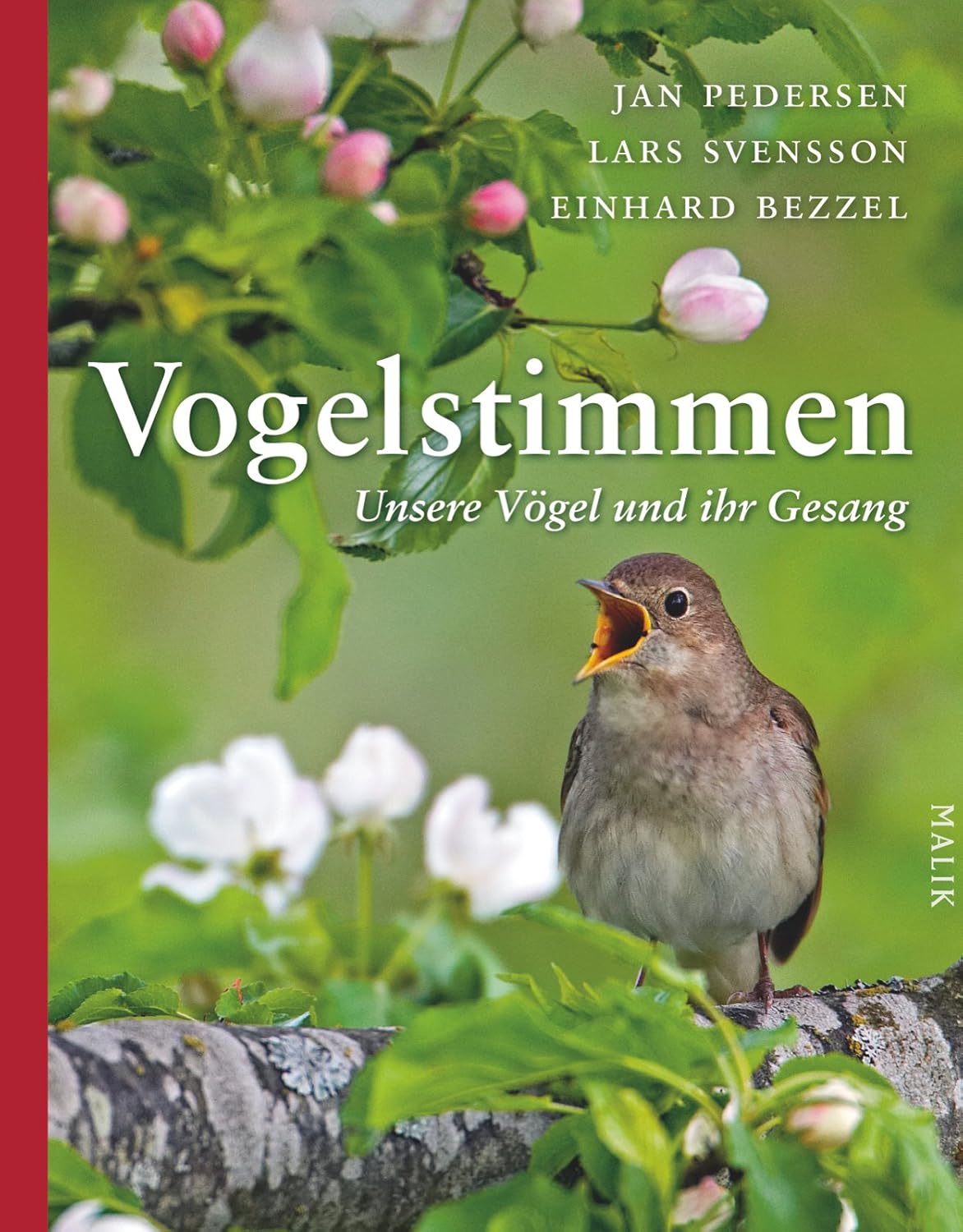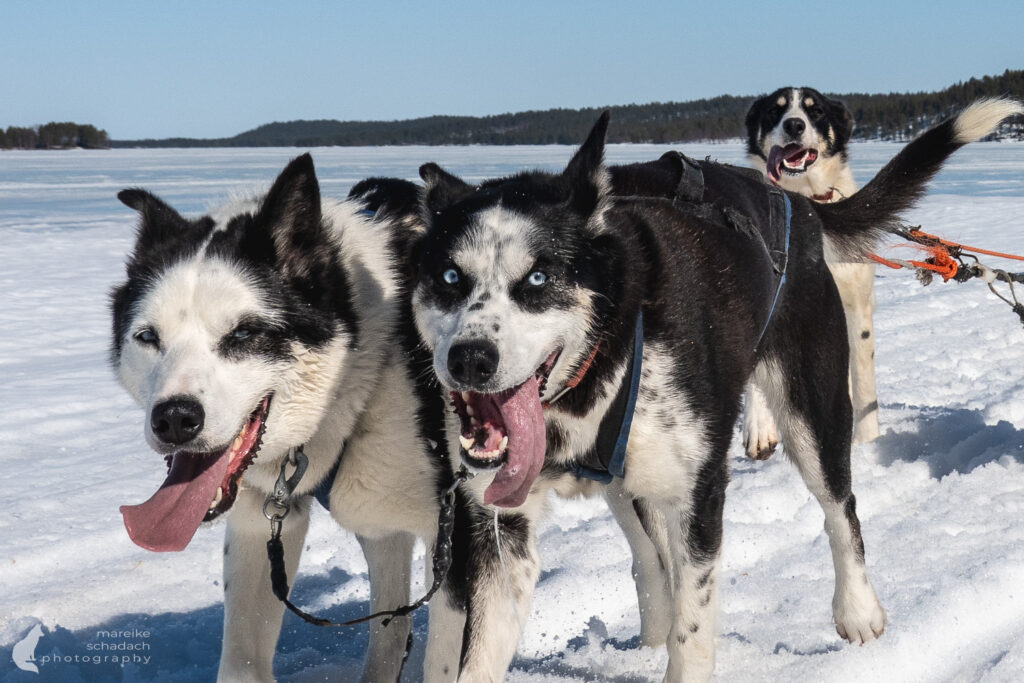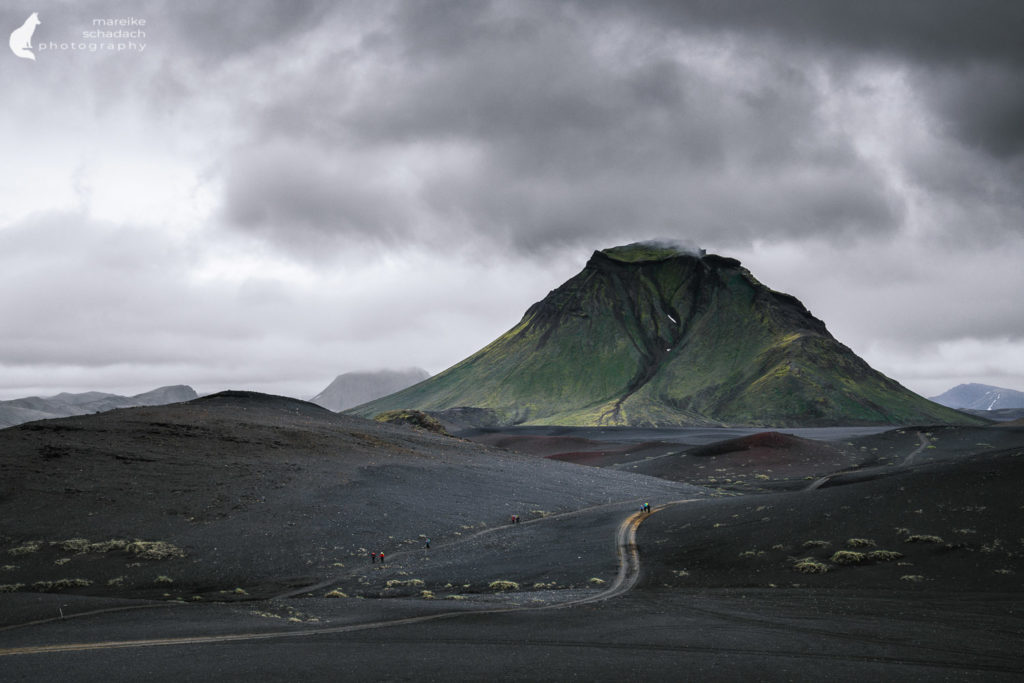Norway. Anyone traveling in the far north of Norway will quickly encounter the terms “Arctic” and “wild.” But some places fill these words with a very special meaning. One of these places is Hornøya—a small, uninhabited island east of Vardø, Norway's easternmost town, just a few kilometers from the Russian mainland. In spring, the barren rock awakens from its winter slumber when hundreds of thousands of seabirds return from their winter quarters to breed on the steep cliffs. I haven't seen many places like it and can highly recommend a visit. Here you can read about what to expect on the bird island of Hornøya, one of the best places for bird photography in Norway, and get lots of practical tips.
Unassigned, unpaid advertising. The article contains affiliate links.
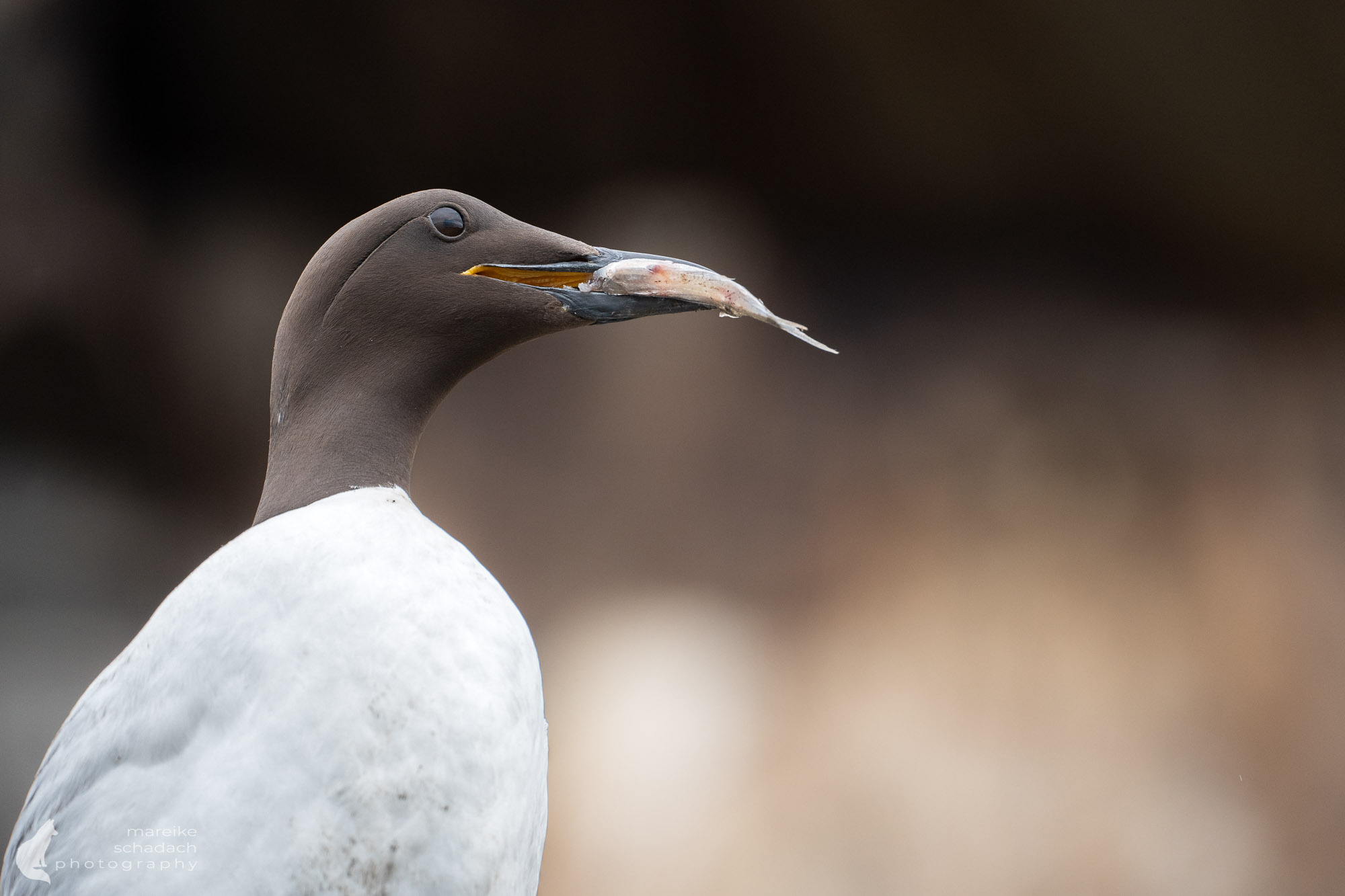
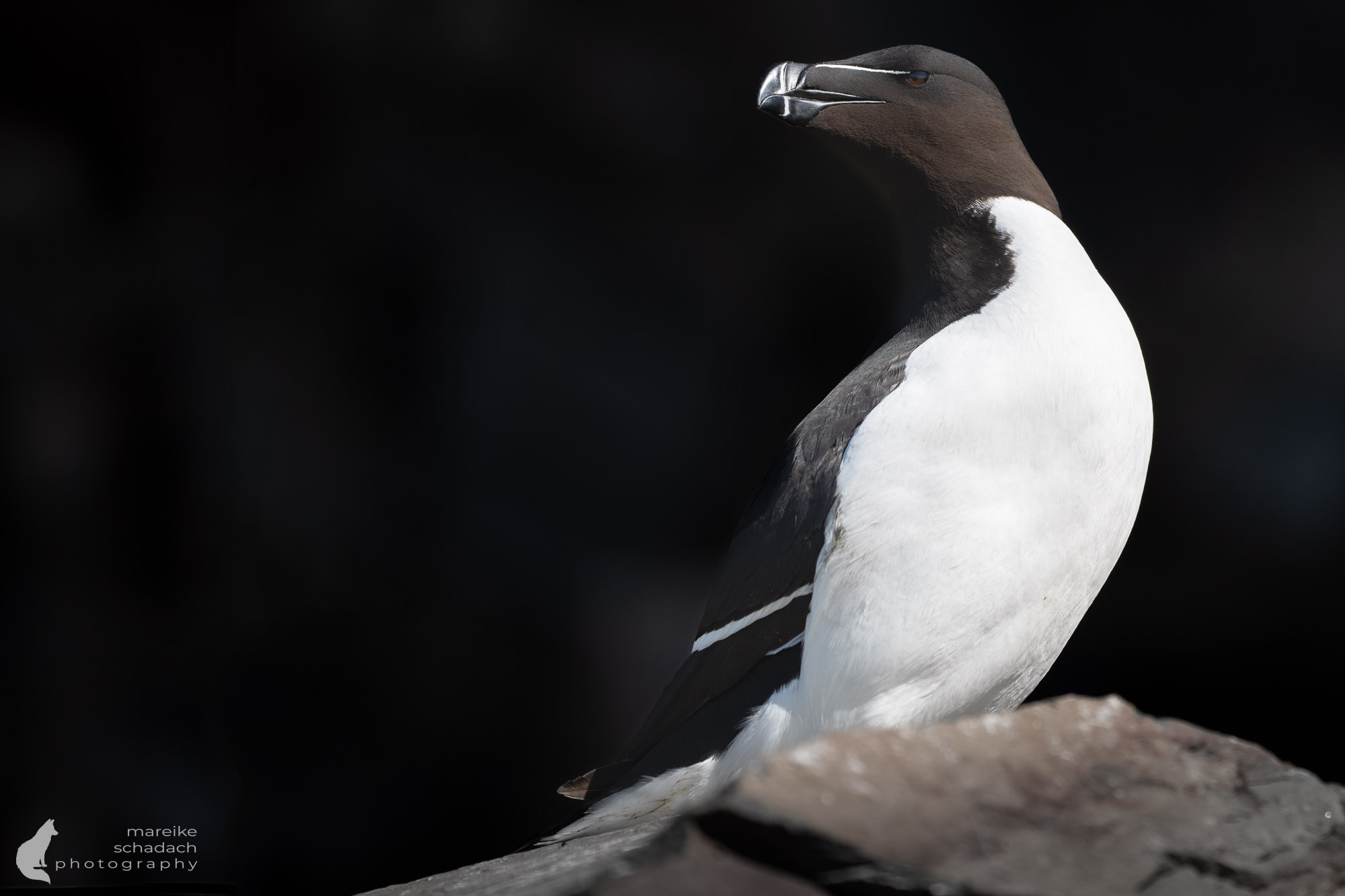
Hornøya/Reinøya – Bird Cliffs in the Barents Sea
Even as you approach by boat, you can hear the screeching of the bird colonies. Kittiwakes circle above the waves, while puffins with orange feet and colorful beaks land on the rocky outcrops. It is one of Norway's densest seabird colonies and a natural spectacle that leaves you speechless with amazement. As soon as I leave the boat, I am overwhelmed by the sheer number of birds on the rocks and in the air above me. It takes me a while to compose myself and take my first steps on the visitor trail.
Even as you approach by boat, you can hear the screeching of the bird colonies. Kittiwakes circle above the waves, while puffins with orange feet and colorful beaks land on the rocky outcrops. It is one of Norway's densest seabird colonies and a natural spectacle that leaves you speechless with amazement. As soon as I leave the boat, I am overwhelmed by the sheer number of birds on the rocks and in the air above me. It takes me a while to compose myself and take my first steps on the visitor trail.
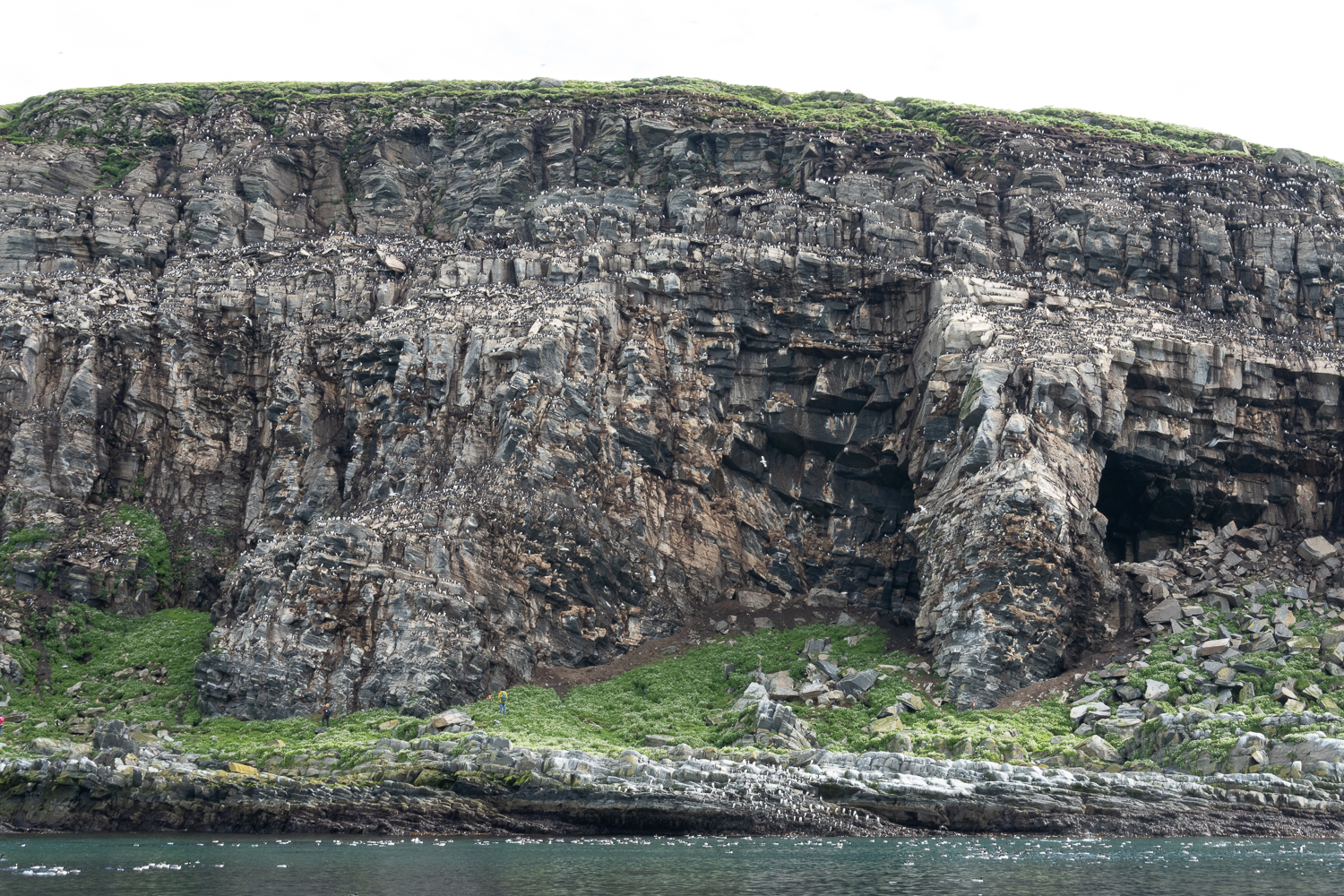
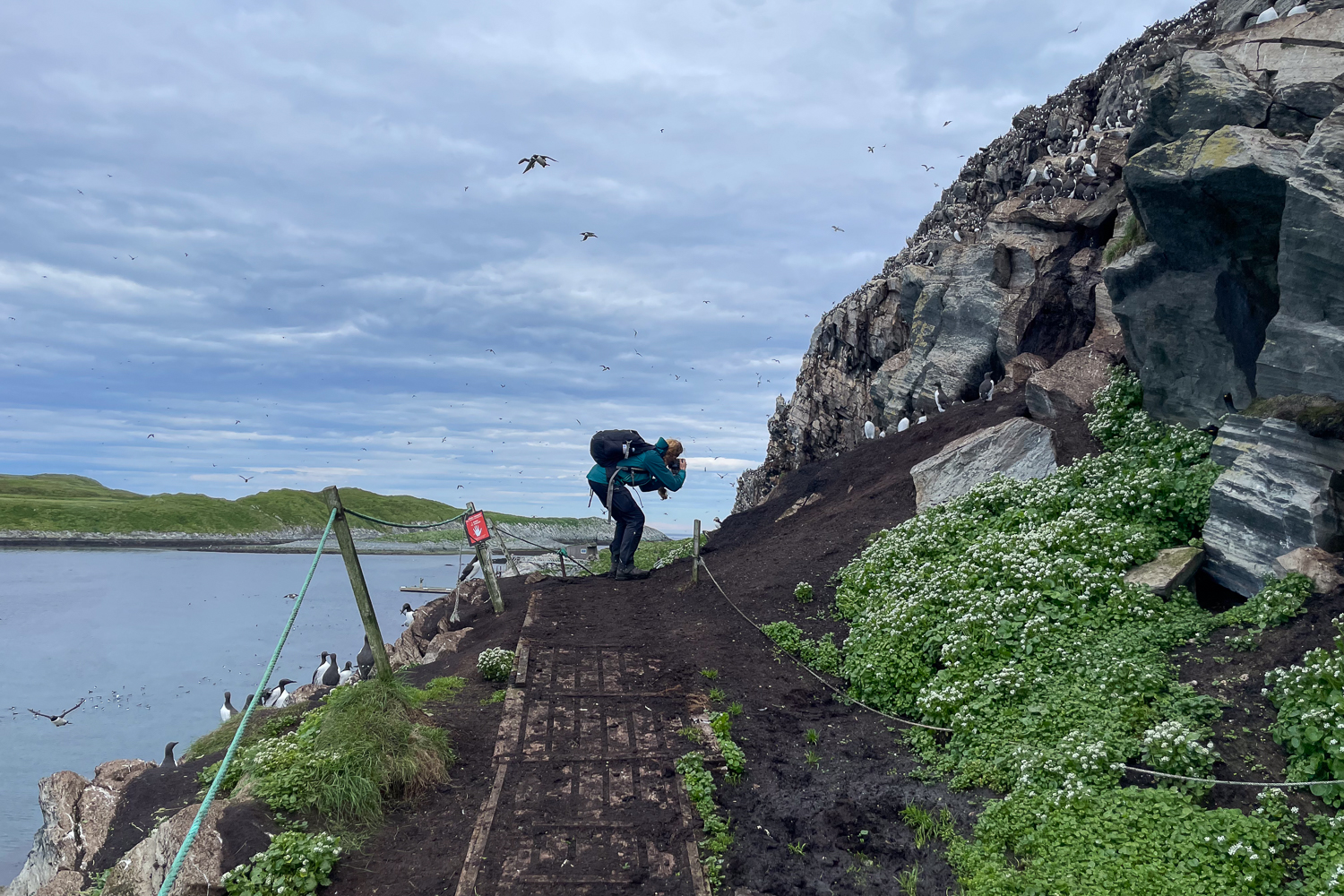
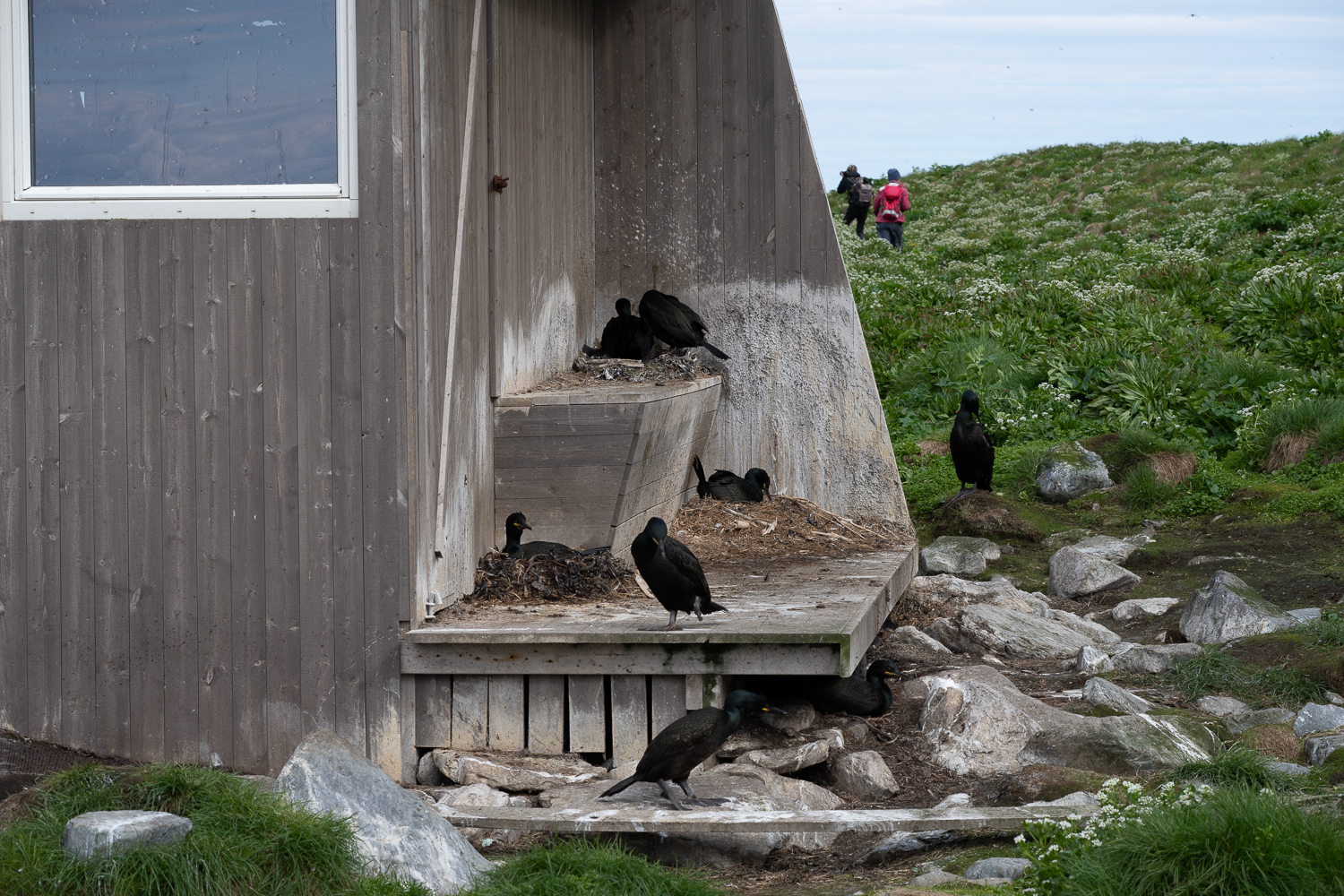
History of the Islands Hornøya/Reinøya
Hornøya and Reinøya look back on a long history of use. As early as the Middle Ages, the islands served as an important source of food for the inhabitants of Vardø: eggs and seabirds were collected from the steep cliffs, and their feathers and down were used as commodities. This form of use continued for centuries and was of great importance for supplying the population in the barren Arctic. At the same time, the islands served as landmarks for fishing and shipping in the Barents Sea and, as Norway's easternmost points, also marked a strategically important position near the Russian border. With the decline of traditional use and growing awareness of the value of undisturbed breeding colonies, attitudes toward the islands began to change in the 20th century. In 1983, Hornøya and Reinøya were finally declared a nature reserve in order to permanently secure the significant seabird populations and protect the sensitive ecosystem from disturbance.
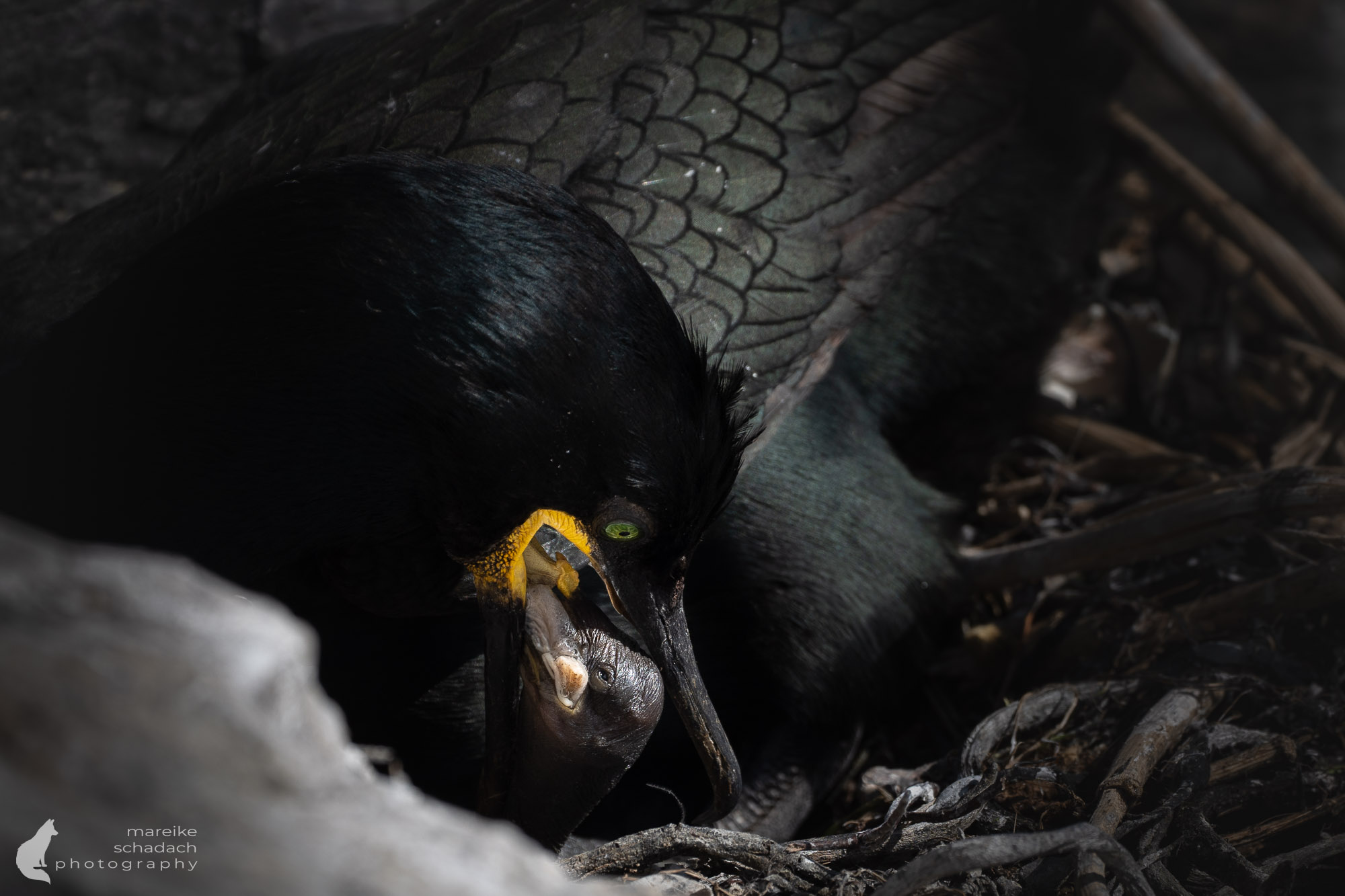
Geology and Climate
The islands of Hornøya and Reinøya consist mainly of sedimentary rocks, primarily slate and sandstone, which were deposited during the Devonian period around 400 million years ago. Weathering and erosion have created striking cliffs that rise 20 to 30 meters high on the western sides and provide ideal breeding grounds for seabirds. The rock layers are part of the geological structures of the Varanger Peninsula area and document the geological development of Finnmark. The climate of the islands is strongly influenced by their location in the Barents Sea: it is a subarctic maritime climate with long, cold winters and short, cool summers. Despite the high latitude, the influence of the North Atlantic Current prevents the sea from freezing permanently. The islands are often exposed to strong winds, fog, and rapid weather changes, which limit the vegetation to a few salt- and cold-resistant species such as mosses, lichens, and low herbs. The climatic conditions and barren soils explain why the islands are almost treeless and the habitats are largely characterized by rocks and sparse tundra vegetation.
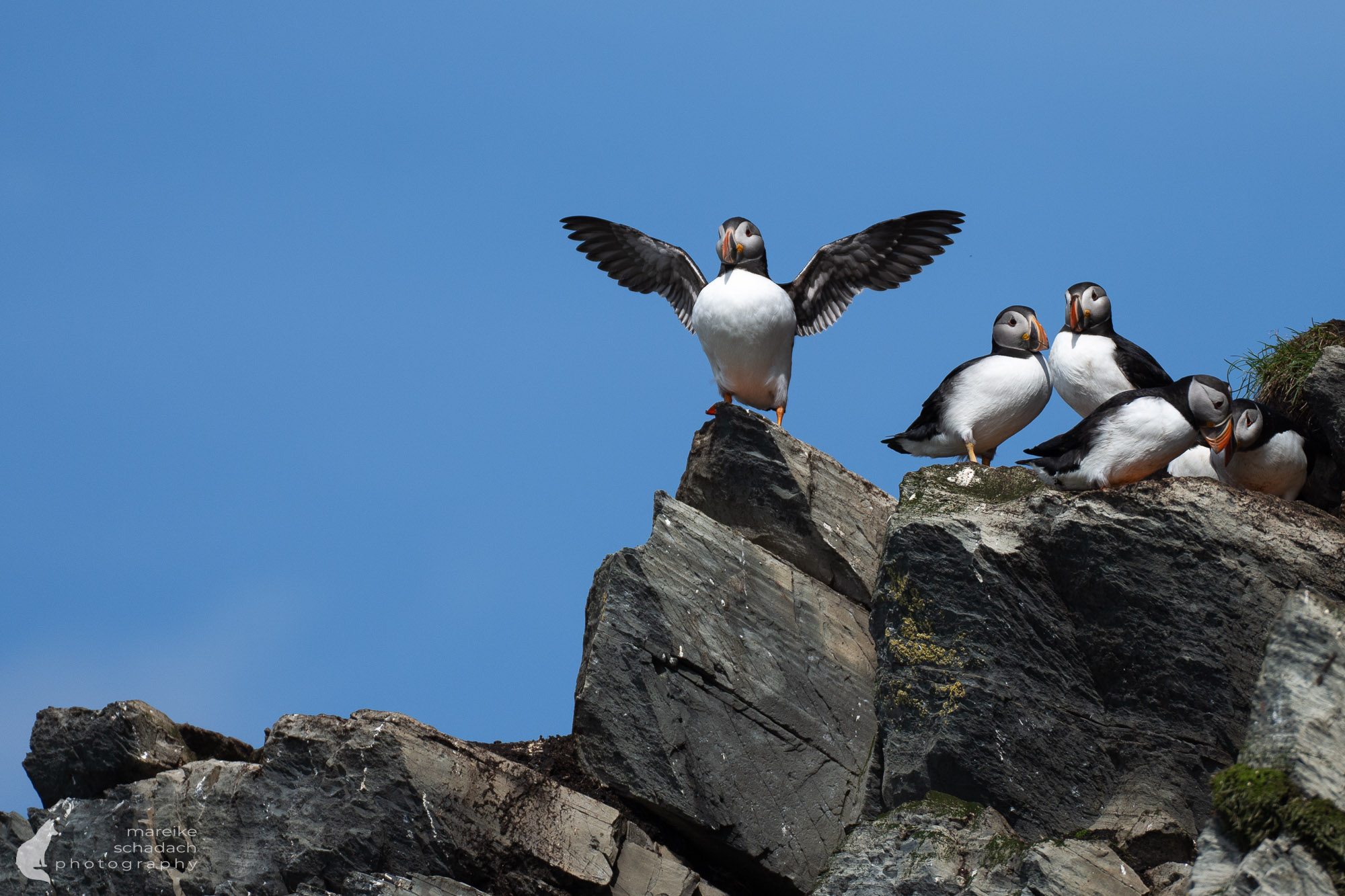
The Bird Eldorado on Hornøya/Reinøya
The islands of Hornøya and Reinøya are home to one of Norway's largest and most species-rich seabird colonies. Every spring and summer, more than 50,000 breeding pairs return to use the steep cliffs, rocky ledges, and burrows as nesting sites. Particularly numerous are kittiwakes, with over 25,000 pairs, guillemots, with around 15,000 pairs, and around 11,000 to 16,000 puffins, which dig their breeding burrows in the grass and soil layers of the island. In addition, black guillemots, razorbills, thick-billed murres, and fulmars are also permanent members of the colony. Cormorants, cormorants, and various species of gulls, such as herring gulls and great black-backed gulls, occupy the rocks and coastal areas. The enormous diversity and density of birds make Hornøya and Reinøya one of the most important breeding grounds in the Barents Sea and an internationally significant bird sanctuary.
The longer I observe the colony, the more fascinating the birds' survival strategies seem to me. The guillemots lay their eggs directly on bare rock, pear-shaped so that they don't roll away. Puffins use their powerful beaks to dig breeding burrows in the ground – perfect nurseries protected from wind and cold. Every little behavior here has a purpose. Nothing is random; everything serves the cause of survival in this harsh world. Life here is a race against time: within a few months, the birds must raise their young before the autumn storms sweep across the Barents Sea.
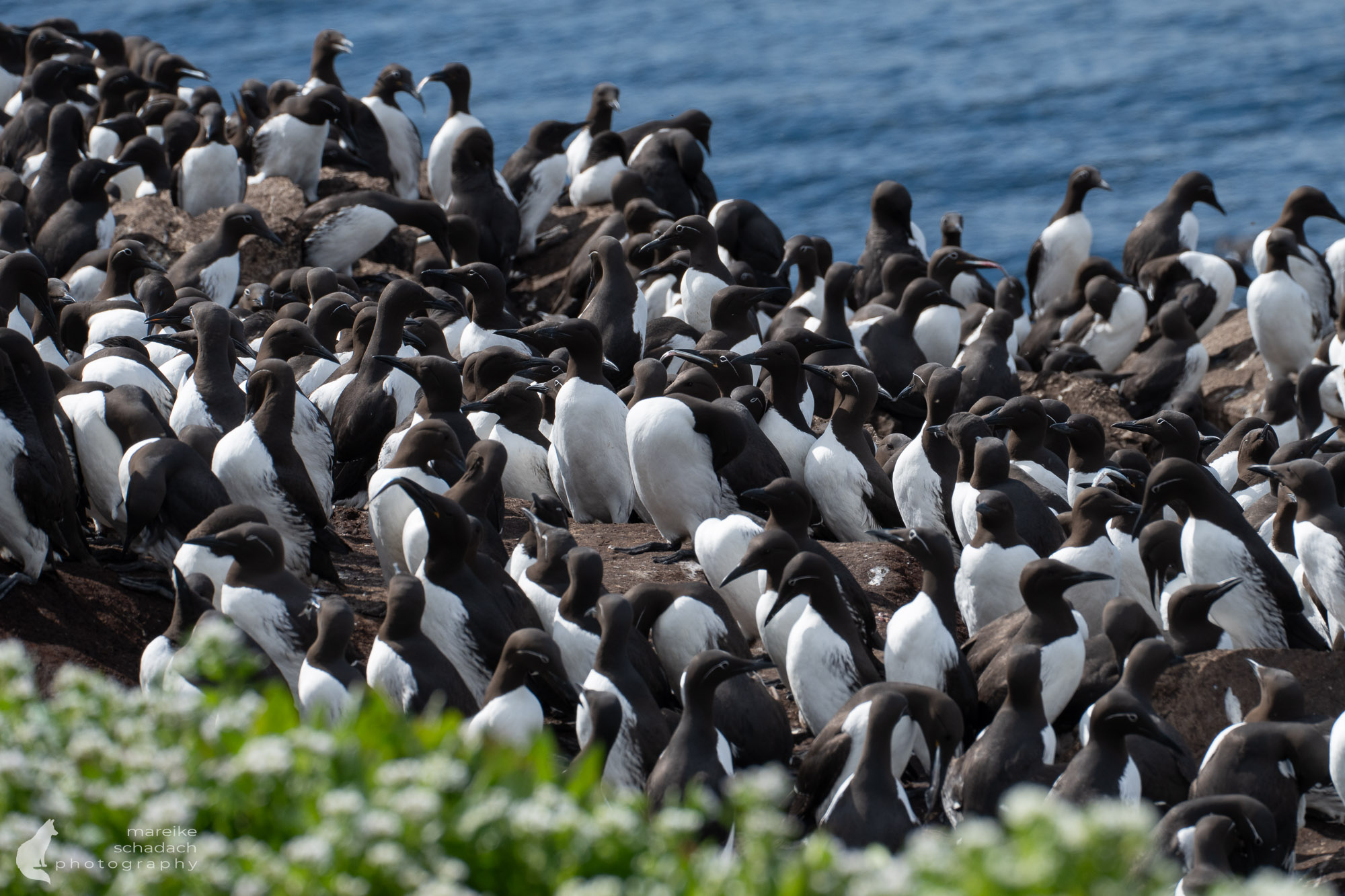
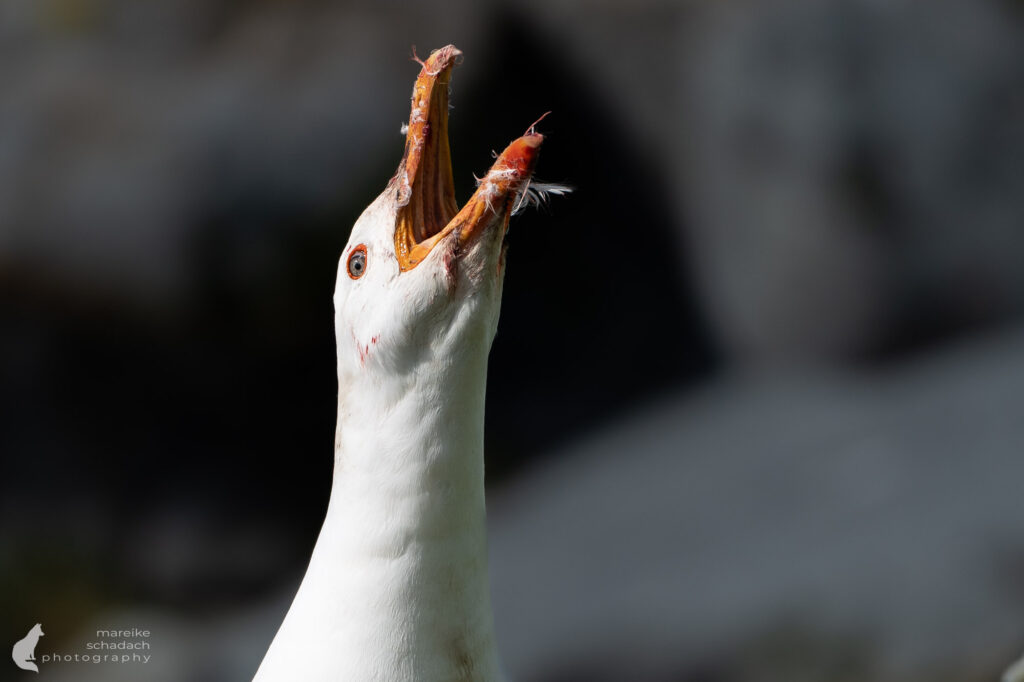
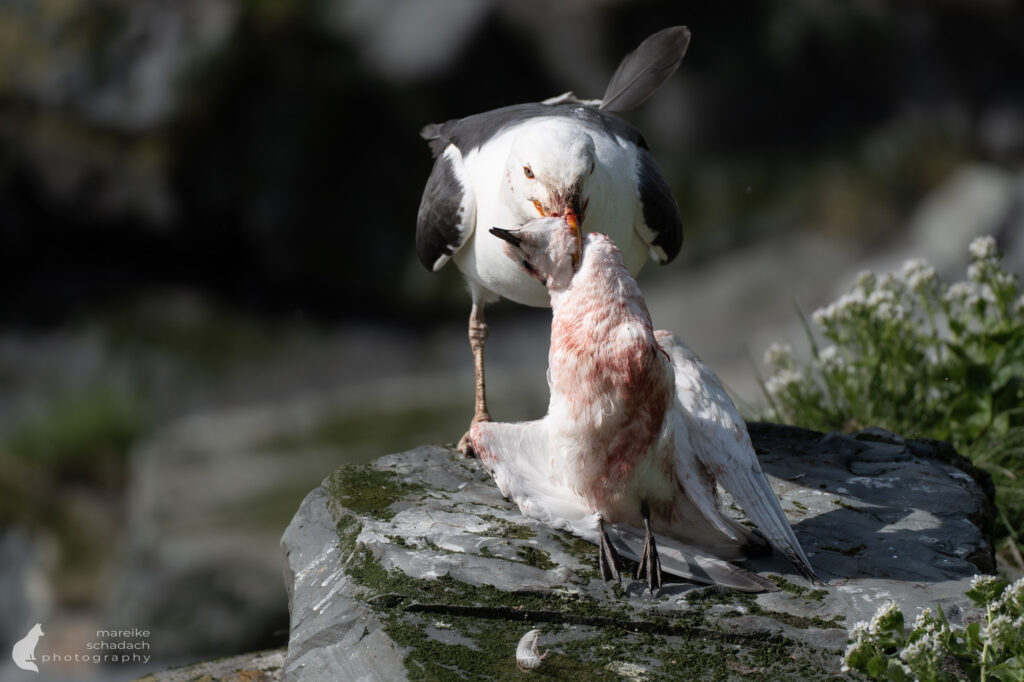
The Puffins on Hornøya
Clown among Seabirds
Puffins (Fratercula arctica) are among the best-known and most charismatic seabirds of the north. With their brightly colored beaks, expressive eyes, and waddling gait, they resemble small, winged clowns.
Puffins spend most of their lives on the open sea and only return to the coast during the breeding season. Their plumage is water-repellent, and their bodies are streamlined – perfect for diving. In fact, puffins can dive up to 60 meters deep to hunt fish. Their wings, which appear rather clumsy in the air, serve as powerful oars underwater. The shape of their beaks is also functional: thanks to special barbs, they can carry several fish at once. This is a clear advantage when raising their young, as small sand eels are their preferred prey.
The puffin population on Hornøya is estimated at around 5,000 to 7,000 breeding pairs. However, there have been fluctuations in the number of breeding birds in recent decades, as various environmental factors influence the population. While the island remains an important breeding ground, puffins are under severe pressure in other parts of Europe, and some colonies have already shrunk considerably.
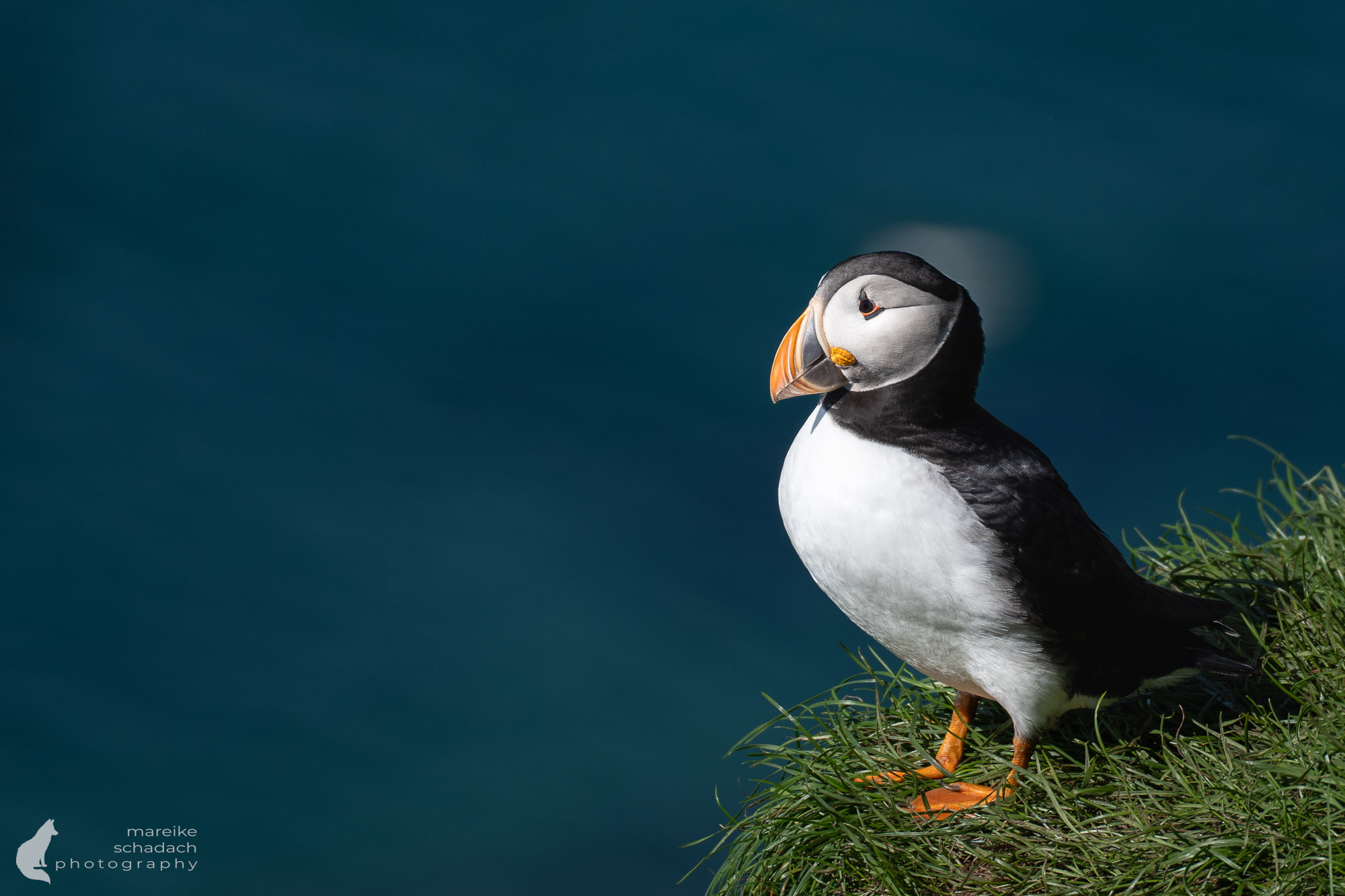
The changing Seasons and Photographic Highlights
The puffins return to Hornøya in spring, usually in March or April, to occupy their breeding grounds. March is a particularly exciting time for photographers, when the first males arrive on the island, which is still covered in snow. They know exactly where their breeding burrows are hidden under the snow and defend them vehemently against competitors. The females follow the males ashore and search for their mates, who are already waiting faithfully for them. Puffins are monogamous and stay together for life.
In summer, when the chicks have hatched, there is a lot of activity on the island. The parents tirelessly bring fish, and impressive aerial photographs can be taken. The moment when a puffin lands with a beak full of small sand eels is a popular motif among photographers.
In late summer, the puffins leave the island. The young birds leave their nests and embark on their first big journey to the open sea. The adult birds then gradually lose their bright colors, marking the end of the annual cycle.
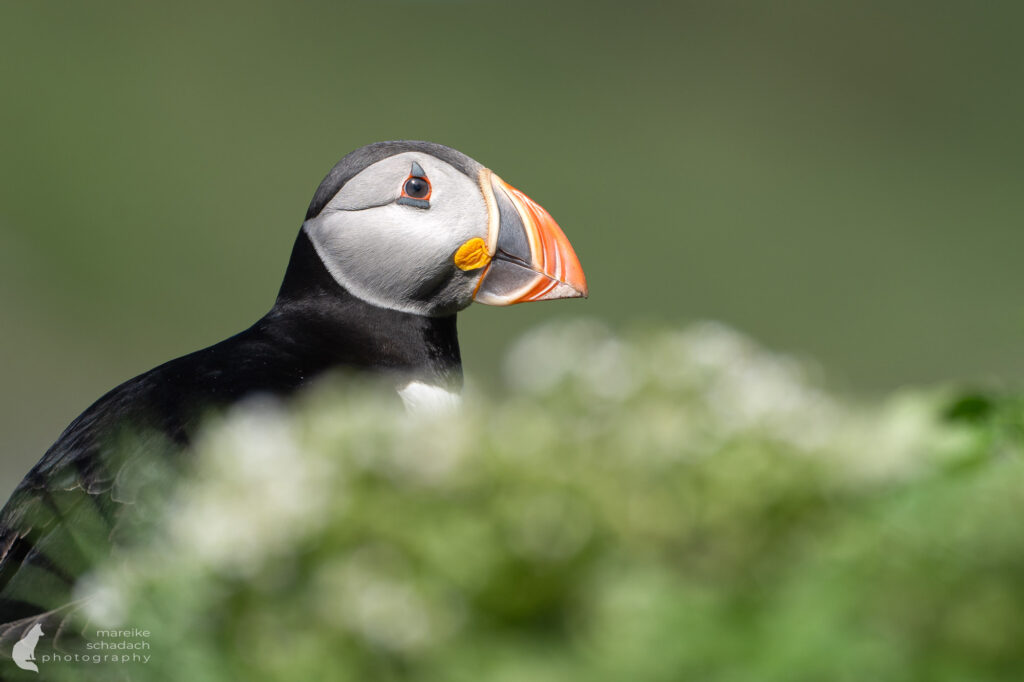
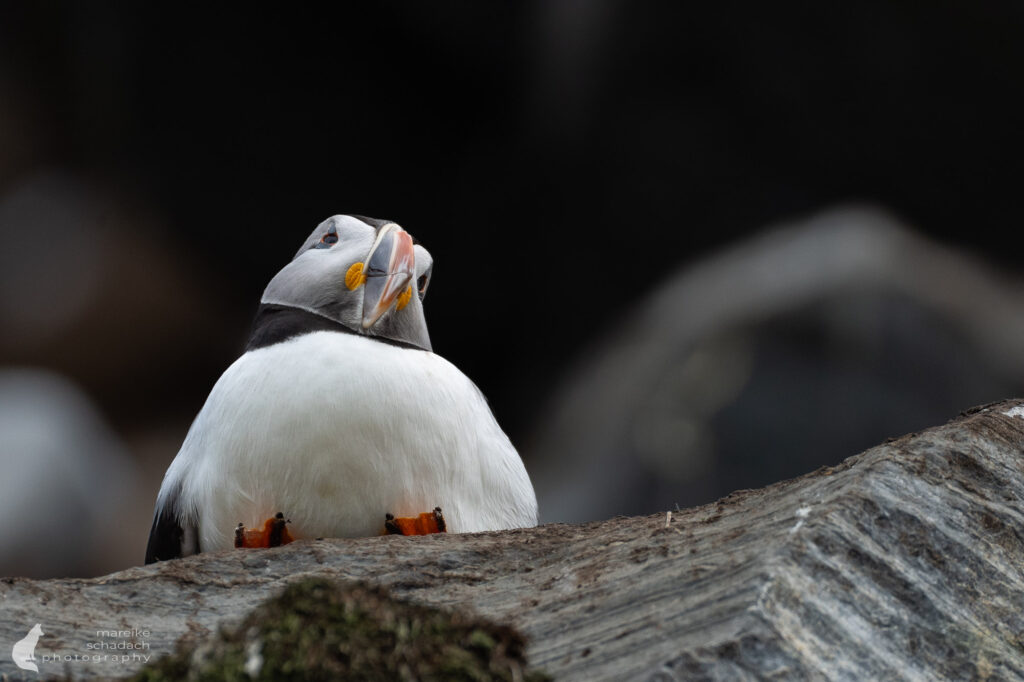
Threats and Protective Measures
Despite their large population numbers, puffins face numerous challenges. One of the greatest threats is the decline in their food sources. Climate change is altering ocean currents and affecting the populations of small fish such as sand eels, which are essential for puffins. In some areas, food shortages and low chick survival rates are a serious problem.
Other human influences are also affecting populations. Overfishing, pollution, and disturbances from tourism can have a negative impact on breeding colonies. In some regions, puffins are also victims of bycatch in fishing nets, which further reduces their populations.
Various protective measures have been put in place to counteract these threats. In many breeding areas, including Hornøya, protected areas have been established where access is strictly regulated. In addition, nature conservation organizations are working to reduce bycatch and promote sustainable fishing practices. Monitoring programs also help to observe populations over the long term and adjust necessary protective measures.

A Place you want to see again
As our boat sets sail back to Vardø in the late afternoon, the bird colony is just as noisy as it was in the morning. I look back at the dark cliffs, the small white lighthouse, and the clouds gathering over the Barents Sea. I already know that I will definitely come back here soon. Preferably, when there is still snow on the island and the first puffins are fighting for the best nesting caves.
Book Recommendations for Birdwatchers
You can order the books via the links on Amazon. If you purchase a product via an affiliate link, I will receive a small commission, and you will help me to continue filling Fernweh-Motive with interesting articles. The product will not be more expensive for you.
Photo Tips for Hornøya
Light & Season
- In spring (March/April), the light is often clear and high-contrast—perfect for photographing puffins in the snow.
- In summer, the days are long and almost endlessly bright. If you stay overnight in the lighthouse on the island, you can take advantage of the soft light in the morning and evening.
Equipment
- Telephoto lens for detailed shots of individual birds.
- Wide-angle lens to capture the vast colonies and cliffs.
- Weather protection for your camera equipment and yourself. The paths were extremely muddy, so rubber boots are a good idea.
Behavior & Respect
- The island may only be accessed along the marked/fenced paths. Never stray from the paths – any disturbance can endanger a nest.
- Patience is key: the birds often come very close on their own.
Practical Travel Information
Getting there
- Flight: The nearest city is Vardø, accessible via the small airport Vardø Svartnes (via Tromsø or Kirkenes).
- Ship: Alternatively, the Hurtigruten postal ship line calls at Vardø daily.
- Car: Traveling by car is worthwhile, as there is a National Scenic Route along the shore of the Varanger Fjord with many interesting stops along the way. Read more about this in my article Varanger Fjord: witches, street art, wildlife on the National Scenic Route.
- To the island: During the season (usually March to August), a small boat runs several times a day from Vardø to Hornøya. The crossing takes about 10 minutes. Tickets are available at the tourist information office at the harbor. More information is available here.
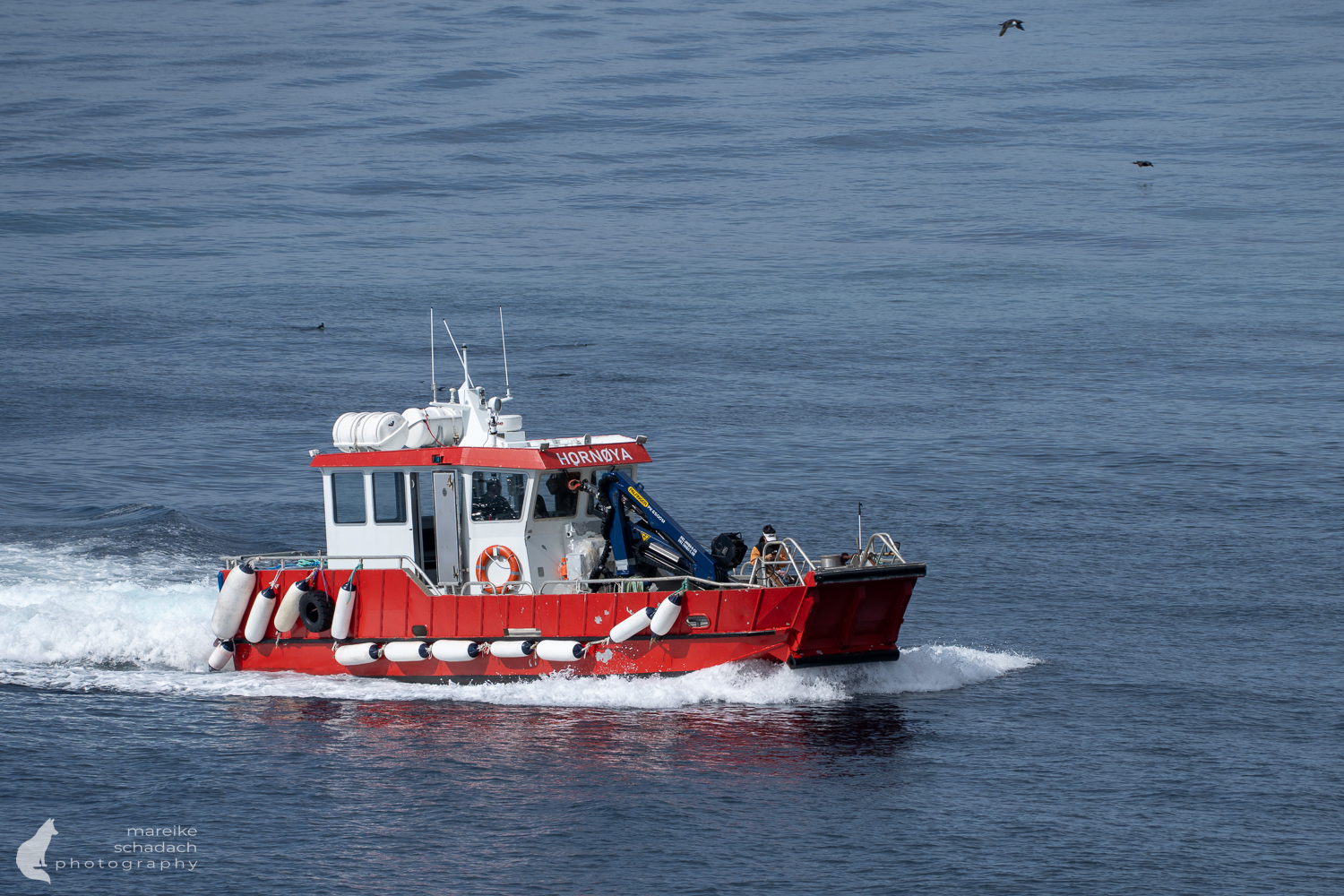
Accommodation
- There are several small hotels and guesthouses in Vardø.
- On Hornøya, it is possible to stay overnight in the lighthouse .

Travel Season
- March to August: This is when the bird paradise comes alive. The puffins return in March, and the colonies are at their densest in July.
Other Activities in the Region
- Vardø: Norway's easternmost town offers exciting history – here you will find, for example, the memorial to the victims of the witch trials (Steilneset Memorial), various museums, and Vardøhus Fortress, a star-shaped fortification from the 18th century. In the evening, it is worth visiting Nordpol Kro, where Nansen used to drink his beer.
- A particularly scenic drive to the old fishing village of Hamningberg with good chances of seeing reindeer.
- Bird watching: The neighboring islands and along the coast of Varanger also offer excellent bird watching opportunities with chances to see rare Arctic bird species. There are numerous observation huts.
- Northern Lights: From September to March, there are chances to see the Northern Lights.
Book recommendations for Norway
You want to know where the journey goes? Then I can recommend these books*.
You can order the books with a click on the pictures on Amazon. If you buy a product via an affiliate link, I get a small commission, and you help me to keep filling Fernweh-Motive with interesting articles. The product will not be more expensive for you, and you will do me a huge favor.
Do you want to know when there are new articles on my blog? Then follow me on Facebook, Pinterest or Instagram. I would also be very happy if you share my article with your friends.
Recommendations for further Reading
Do you love the north as much as I do? Then you might also be interested in my articles about my Husky Guide Training – Two Months with Hetta Huskies in Finland or about Trekking on the Laugavegur in Iceland.


